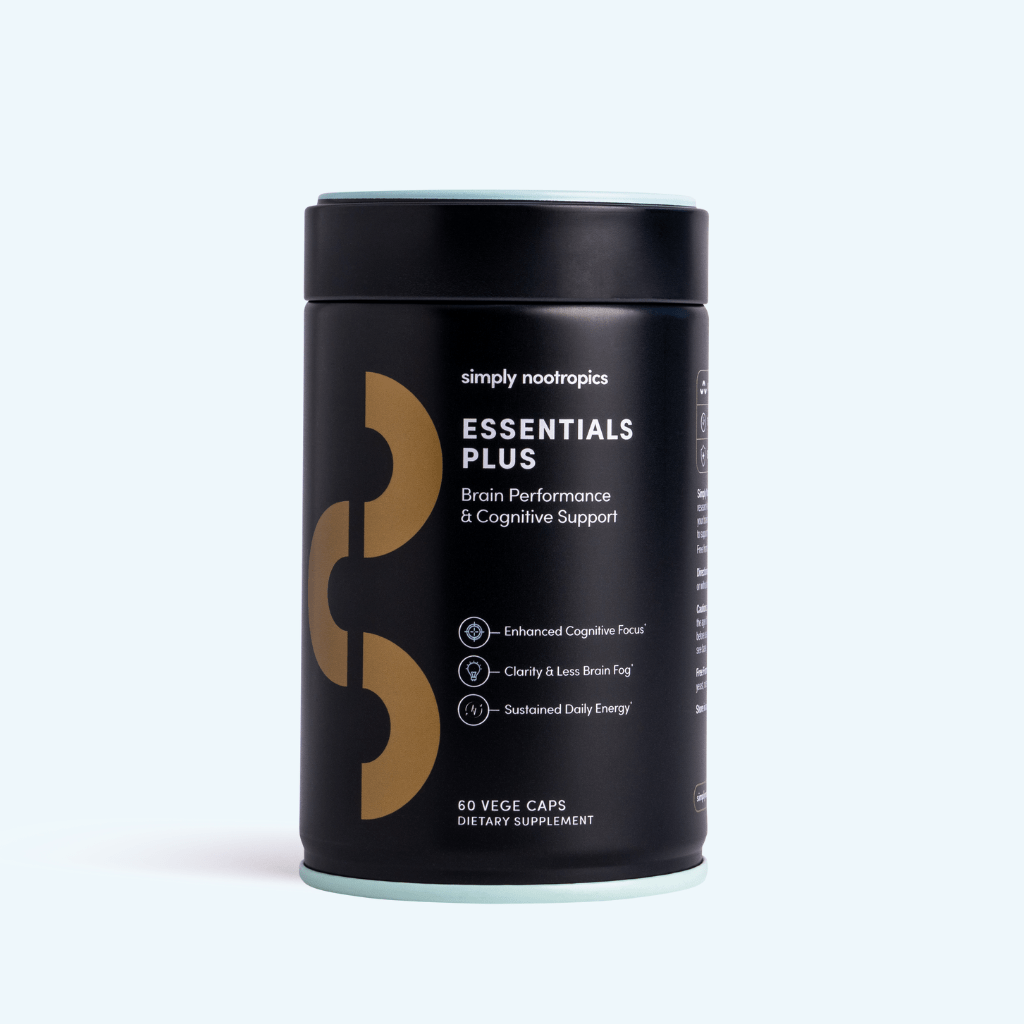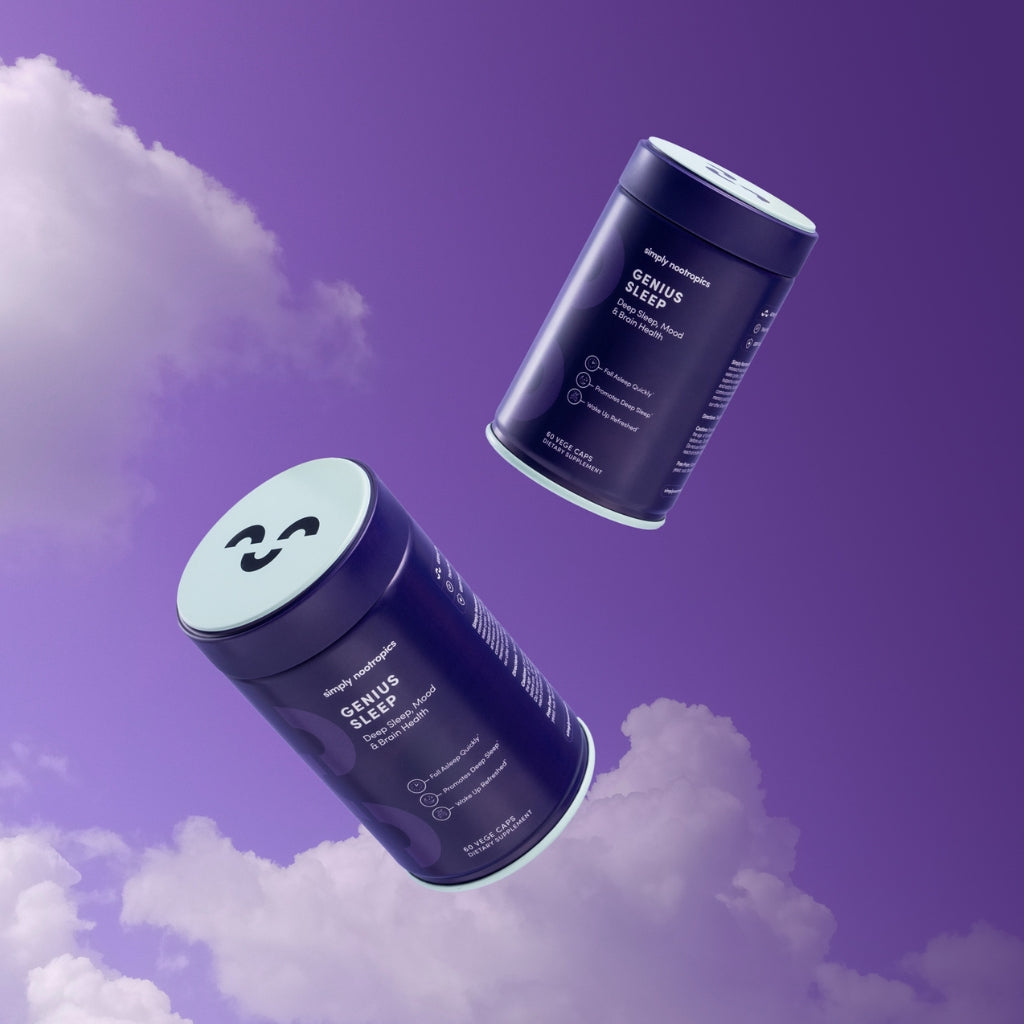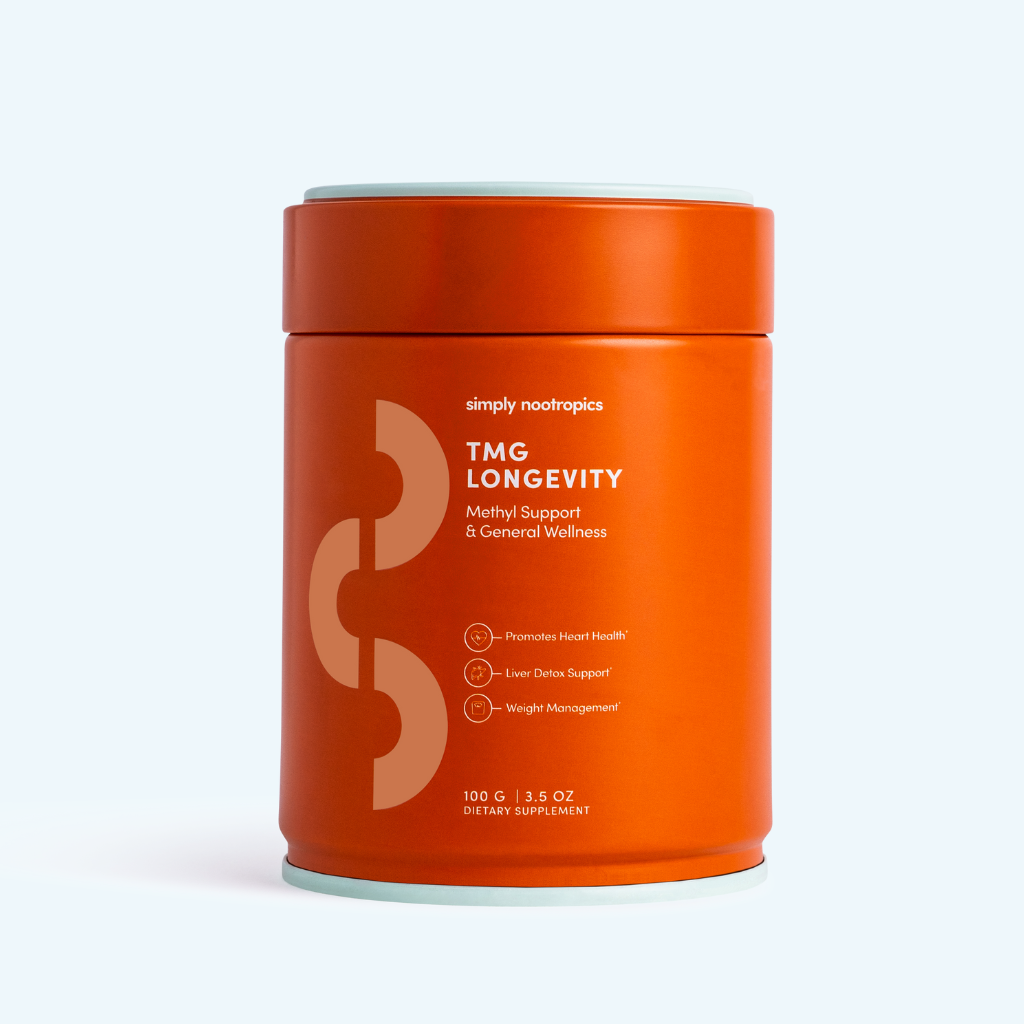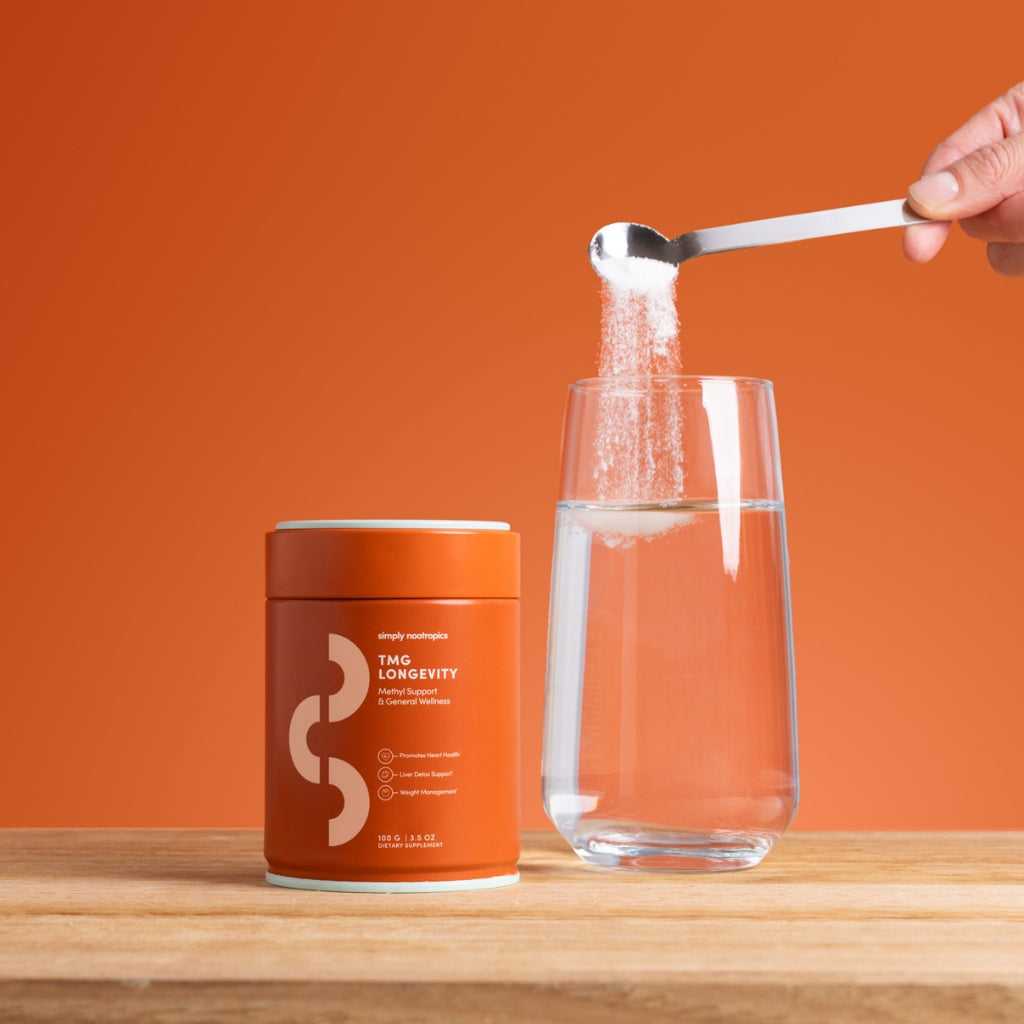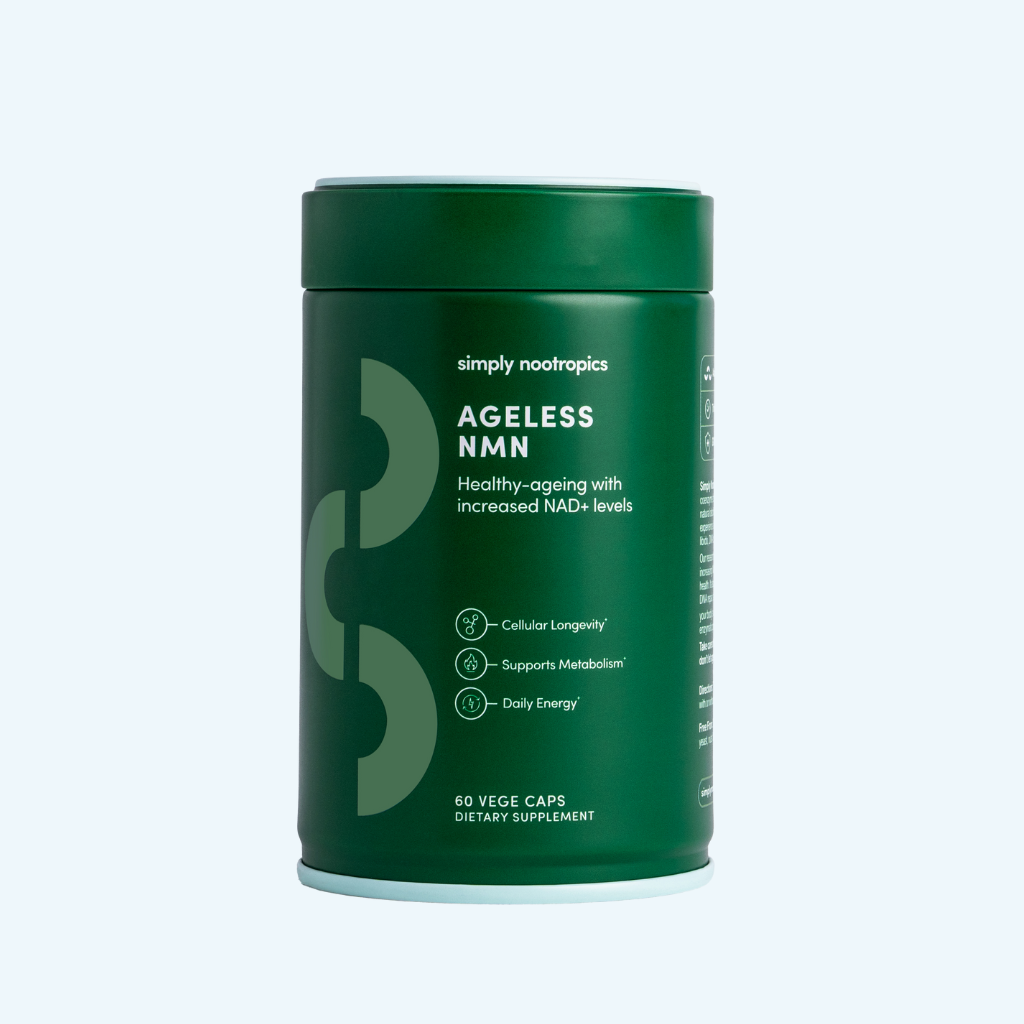Every week, researchers uncover new clues about how what we eat, how we live, and how our cells behave influence the way we age. This week brings a mix: food integrity, vascular ageing, global antibiotic resistance, and new findings around NAD⁺ pathways. Together, they paint a clearer picture of the challenges and opportunities facing anyone interested in long-term health.
Below, we break down the science in a clear, actionable way, so you can stay informed, empowered, and aligned with your longevity goals.
1. The Hidden Threat in Your Honey Jar: Why Honey Fraud Is Now a Health Issue
Honey has long been seen as one of the most “natural” foods available: minimally processed, antioxidant rich, and deeply tied to local ecosystems. But a recent investigation by the European Commission and the European Anti-Fraud Office uncovered a startling truth: 46% of imported honey samples tested showed signs of adulteration.
Honey fraud usually takes two forms.
A. Direct adulteration
Producers dilute honey with cheap sugar syrups or even feed these syrups to bees, creating a product that mimics real honey but lacks the natural plant compounds and antioxidants that make honey beneficial. Some even artificially “ripen” honey by dehydration, simulating a mature product.
B. Origin and quality mislabelling
Speciality honeys, especially plant-specific ones like mānuka, command high prices. When a country doesn’t produce enough honey to meet consumer demand, imported blends can be quietly relabelled as local. The gap between supply and demand creates a perfect storm for fraud.
The longevity angle
While the health risks of adulterated honey aren’t fully understood, studies show that some fraudulent batches contain:
-
pesticide residues
-
heavy metals
-
veterinary medicines
-
polycyclic aromatic hydrocarbons (some of which are carcinogenic)
These contaminants may accumulate over time and can affect organ health, immune resilience, and in certain cases, the nervous system. Additionally, adulterated honey spikes energy levels more sharply compared to natural honey, losing the natural balance of micronutrients and plant compounds.
How science is responding
Melissopalynology (analysing pollen in honey) is considered the gold standard for authentication, but it’s slow, labour-intensive, and requires expert analysts.
Now, AI is stepping in. Machine-learning models can identify pollen grains with over 90% accuracy, offering a scalable solution for verifying honey authenticity. Combined with chemical testing, this could make it significantly harder for fraudulent honey to reach consumers. Until advanced testing becomes widespread, buying honey from transparent, local producers remains the most reliable choice.
2. A Plant-Based Diet Reverses Hidden Heart Disease
A new study in the Journal of the American Heart Association reveals a fascinating insight: a nutrient-matched, plant-based diet can both prevent and reverse a key type of heart disease. This heart disease affects the tiny blood vessels of the heart and is a major driver of chest discomfort, reduced blood flow, reduced resilience, and higher hospitalisation rates, especially in women.
What makes this study remarkable
The plant-based diet improved vascular function even though the rats remained hypertensive. Blood pressure did not improve, but their microvascular health did.
This suggests that the diet directly influenced:
-
endothelial function (the lining of the blood vessels)
-
dilation capacity of coronary vessels
-
cellular stress markers
-
tissue resilience
The diet was matched for all nutrients, meaning the only major difference was the presence of whole plant foods and their natural antioxidant compounds.
What this means for longevity
It reinforces something longevity researchers already suspect: the health of your smallest blood vessels matters just as much as the large ones.
Coronary microvascular dysfunction is emerging as one of the earliest indicators of cardiovascular ageing - especially in women - and this study suggests that nutrition may play a more direct role in reversing it than previously believed.
What the human equivalent looks like
The rat diet translated to a human daily intake of:
-
black beans
-
walnuts
-
Brussels sprouts
-
blueberries
-
sweet potato
-
lemons
-
peppers
A diet high in phytonutrients, fibre, and antioxidants appears to help restore the function of the heart’s tiniest vessels, even in the presence of other risk factors.
3. Europe Falls Behind on 2030 Antibiotic Resistance Targets
Antimicrobial resistance (AMR) is one of the biggest emerging threats to long-term health. It compromises our ability to treat infections, protect vulnerable populations, and perform medical procedures safely. New data released for European Antibiotic Awareness Day reveals that Europe is not on track to meet four out of five AMR targets set for 2030.
Since 2019:
-
bloodstream infections from carbapenem-resistant Klebsiella pneumoniae have risen over 60%
-
resistant E. coli infections have increased more than 5%
-
antibiotic consumption has gone up, not down
-
first-line “Access” antibiotics still represent only ~60% of use (target: 65%)
AMR currently causes 35,000 deaths annually in the EU/EEA.
Why this matters for longevity
Antibiotic resistance threatens key pillars of modern medicine, including:
-
intensive care
-
organ transplantation
-
complex surgeries
It also disproportionately impacts older adults, those with chronic conditions, and anyone with reduced immune resilience.
The perfect storm
AMR is fuelled by:
-
an ageing population
-
high antibiotic use
-
cross-border spread of resistant organisms
-
a shortage of new antibiotics in development
AMR is now considered a long-term public health crisis. Stronger stewardship, improved infection control, and innovation in treatments are critical to safeguarding lifespan and healthspan.
4. Boosting NAD⁺ for Long COVID
Researchers at Mass General Brigham recently published results from a 20-week clinical trial testing whether raising NAD⁺ levels via nicotinamide riboside (NR) could ease long COVID symptoms such as fatigue, brain fog, sleep problems, and mood changes.
What they found
-
NR reliably increased NAD⁺ levels in the blood.
-
Exploratory analyses found improvements in participants who took NR for 10+ weeks, including:
-
improved sleep
-
reduced fatigue
-
better mood
-
enhanced executive functioning
What this means for longevity
This trial highlights how complex post-viral conditions can be, but also reinforces the role NAD⁺ plays in cellular energy, neurological function, and resilience under stress.
It also suggests that some individuals may benefit more than others, depending on baseline NAD⁺ status, inflammation levels, and cellular energy demands.
Product Spotlight: Vital Beauty
With new research continuing to explore NAD⁺ pathways, it's a good moment to spotlight one of the hallmark ingredients inside Vital Beauty: Nicotinamide Riboside (NR).
NR is a form of vitamin B3 that the body converts into NAD⁺, a molecule involved in energy production, cellular repair, and the health of tissues that visibly reflect ageing over time, like skin, hair, and nails.
While the long COVID trial produced mixed results overall, it confirmed a key point: NR reliably raises NAD⁺ levels safely, and some individuals experienced improvements in energy-related symptoms and cognitive resilience.
Vital Beauty pairs NR with:
-
bovine collagen peptides
-
hyaluronic acid
-
vitamin C
-
keratin
-
biotin
This creates a dual approach: collagen supports structural integrity from the outside, while NR supports the energy systems that underpin healthy cellular turnover beneath the surface. Vital Beauty isn’t designed for overnight transformation. It’s a steady, daily support system that aligns with how real, sustainable ageing works from the inside out.



